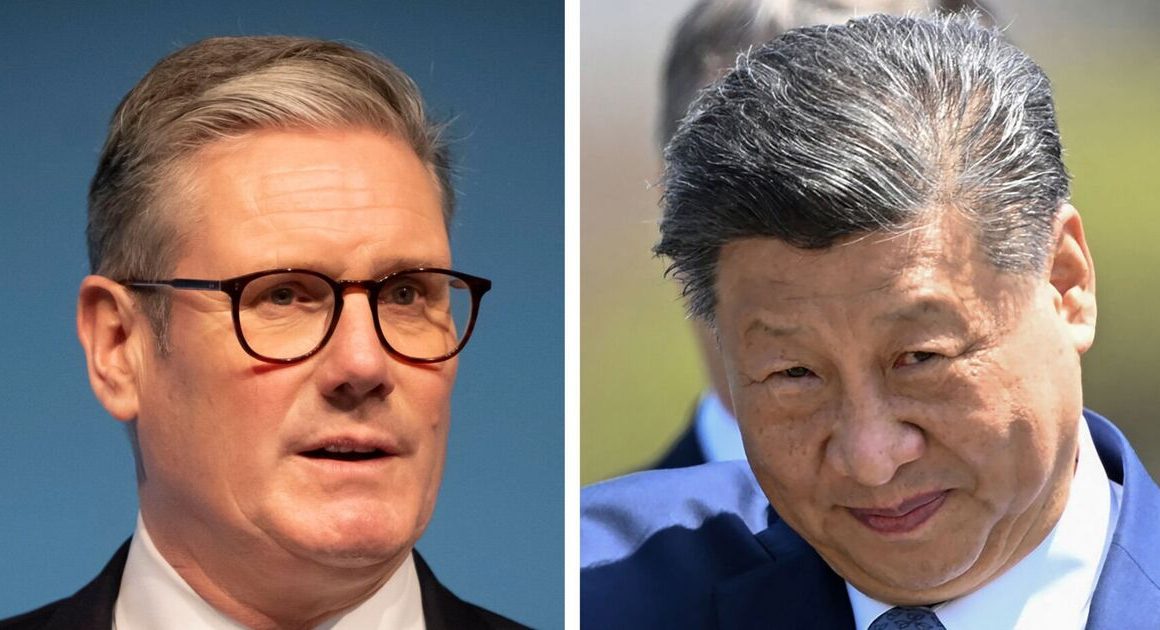Russia on Monday evacuated civilians from parts of a second region next to Ukraine after Kyiv increased military activity near the border, just days after its biggest incursion into sovereign Russian territory since the start of the 2022 war.
Ukrainian forces rammed through the Russian border on Aug. 6 and swept across some Western parts of Russia’s Kursk region, a surprise attack that may be aimed at gaining leverage in possible ceasefire talks after the U.S. election in November.
Apparently caught by surprise, Russia by Sunday had stabilized the front in the Kursk region, though Ukraine had carved out a sliver of Russian territory where battles were continuing on Monday, according to Russian war bloggers.
In the neighbouring Belgorod region to the south, regional governor Vyacheslav Gladkov said evacuations had begun from the Krasnaya Yaruga district due to “enemy activity on the border.”
“I am sure that our servicemen will do everything to cope with the threat that has arisen,” Gladkov said. “We are starting to move people who live in the Krasnaya Yaruga district to safer places.”
Russia has imposed tight security in the Kursk, Bryansk and Belgorod regions while its ally Belarus said it was bolstering its troop numbers at its border after Minsk said Ukraine had violated its airspace with drones.
Russian officials say Ukraine’s attacks on Russian sovereign territory are aimed at showing its Western supporters that Kyiv can still muster major military operations while trying to gain a bargaining chip ahead of possible ceasefire talks.
WATCH l Battlefield, negotiation dynamics could be part of incursion strategy:
For the first time since the Russian invasion, Ukraine has launched a major incursion into Russia’s Kursk region. Andrew Chang explores three theories about the strategy behind carrying out the attack during a manpower crisis — and what it stands to gain.
Russia invaded Ukraine in February 2022 and now controls 18 per cent of Ukrainian territory. Russian forces, which have a vast numerical supremacy, have been advancing this year along the 1,000-kilometre front after the failure of Ukraine’s 2023 counteroffensive to make any major gains.
Kyiv broke its silence on the attacks on Saturday when President Volodymyr Zelenskyy said Ukraine had launched an incursion into Russian territory to “restore justice” and pressure Moscow’s forces.
There were signs in Moscow that the attack would provoke a response from Russia.
“We have no doubt that the organizers and perpetrators of these crimes, including their foreign curators, will bear responsibility for them,” said Maria Zakharova, spokesperson for the Russian Foreign Ministry.
“A tough response from the Russian Armed Forces will not take long.”
‘Reckless attacks’ on nuclear plant
At the Zaporizhzhia nuclear power plant, in a part of Ukraine controlled by Russian forces, a major fire broke out. Russia and Ukraine accused each other of starting it, though both sides reported no sign of elevated radiation.
The International Atomic Energy Agency (IAEA) nuclear watchdog said its staff had seen thick, dark smoke coming from the northern part of the vast six-reactor plant in southern Ukraine, currently in “cold shutdown,” after multiple blasts.

“These reckless attacks endanger nuclear safety at the plant and increase the risk of a nuclear accident. They must stop now,” IAEA chief Rafael Grossi warned in a separate statement, without attributing blame.
Interfax news agency quoted Alexei Likhachev, head of the Russian state nuclear corporation Rosatom, as saying the fire had burned for about three hours and caused “very serious damage” to the cooling towers.
He said, without providing evidence, that it had been caused by two Ukrainian drone strikes. It was not clear whether the damage was reparable or whether one of the towers might need to be replaced, he added.
Ukraine’s nuclear power company Energoatom said in a statement that one of the cooling towers and other equipment were damaged. Grossi said the IAEA had requested “immediate access” to the tower to assess the damage. There was no immediate response from Moscow or Kyiv to Grossi’s statement.
Russia captured the plant from Ukraine shortly after launching a full-scale invasion of its smaller neighbour in February 2022.











